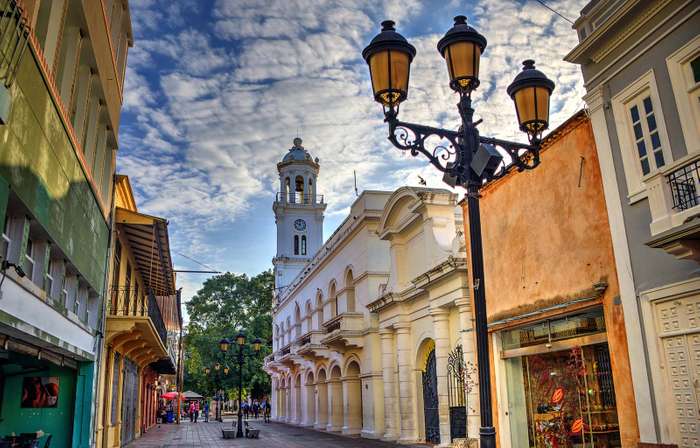
Jealousy and Public/Private Rebellion in Leonora Sansay’s Secret History
American novelist and friend or mistress of Thomas Jefferson’s one-term Vice President and Alexander Hamilton-killer, Aaron Burr, Leonora Sansay embeds the Horrors of St. Domingo within the then-old-timey (for 1808) genre of the secret history used by Delarivier Manley for her New Atlantis (1687)—a 120-year gap that would see British dominant poet/novelist Sir Walter Scott corresponding with his aunt about how strange it was that writers such as Aphra Behn and Manley wrote what they did, when they did (the Restoration) and more to the point, that his aunt had owned those types of books. The secret history as a genre, at the point that Sansay used it, was ancient history. Madame de Lafayette had long ago used a version of it to unveil the intrigues of the French court in La Princesse de Cleves in a time long ago but not far away, while Manley applied it to a time not long ago but a place far away and one that did not really exist. Like Lafayette and Manley, Sansay blends Francophone with Anglophone narrative storytelling techniques and subject matter, and blends the truth of her autobiographical events within an exotic, “other” place for her readers. However, unlike these two earlier secret history-type early pseudo-novels or novellas, Sansay embeds the not so distant history in the same place the events “actually” occurred—splitting herself, the writer, writing in first-person to the actual person she actually wrote to, Aaron Burr, with her sister, Clara.
Clara depicts the sexual, “coquette”-ish side of Sansay’s personality—the personal. The writer corresponds with Burr and, toward the end of the novel/nonfiction blend, with her own self in the person of her “sister” Clara, which is a pseudonym she is believed to have written to Burr with and that he refers to her as in his private journals. During her stay in St. Domingo, Sansay really did leave her husband—who was so consumed with jealousy for her beauty and the fact that she was more educated and more admired than him, threatened to douse her face with acid so that no other man would look upon it. She left St. Domingo and she left him.
The fact that Sansay splits herself in two to tell this story—that is itself a violent act of rebellion embedded in a sexually charged genre of the Secret History—mirrors the violence that is embedded in sexuality, and the sexual charge and impetus for the violence in the St. Domingo slave rebellion/uprising and the entangled web of relations which caused it. The letters derive their element of celebrity by being addressed to Burr, an official figure (pre his fall from political grace) who fought and lead in the American Revolution—a forefather and her surrogate father (she was his ward at 17—on). Sansay and Burr, both abolitionists, advocated for the end of slavery and partook in the American Revolution even as Burr sought, and failed, to inspire another Revolution in Mexico. The horrors of St. Domingo are made not palatable but digestible to Sansay’s contemporary audience through the sexual intrigues embedded within it. Creole women are not let off the hook but are implicated in sexual jealousy that causes the violence and slave uprisings. Women are integral to this narrative. The first act of jealousy is a Creole woman’s beheading of a female slave to whom her husband was attracted; she orders the woman beheaded and her husband leaves her in “horror” to the continent, never to see her again. In this way, Sansay’s and Clara’s husbands’ jealousy is juxtaposed with the female’s jealousy so that jealousy is not an inherently gendered disorder but rather one that aligns with the white man and woman in power in St. Domingo. Jealousy on a communal scale by the French women aka Creoles in this text who refuse to allow “mulatta” or black women to wear silk. Sansay’s narrator writes that the merchants complain when this happens, because much of their business comes from white men purchasing silks for black women, tying sexuality, economics and slavery together in a twisted triumvirate of power gone wrong. The domestic and the public spheres are contorted together, deformed and deforming individuals on a public and private level. Sansay and Clara escape and live to tell the tale of this historic event to a key historic figure in the American Revolution, and to the public that peers in the keyhole of that “secret” correspondence.
Work Cited
Sansay, Leonora. Secret History: or, The Horrors of St. Domingo. Broadview, 2007.

